Designers Are Loving Cork for Textured, Planet-Friendly Schemes – These 6 Homes Nail the Look
Surprisingly versatile and sustainable, architects use cork inside and outside the home for rich texture and functional appeal
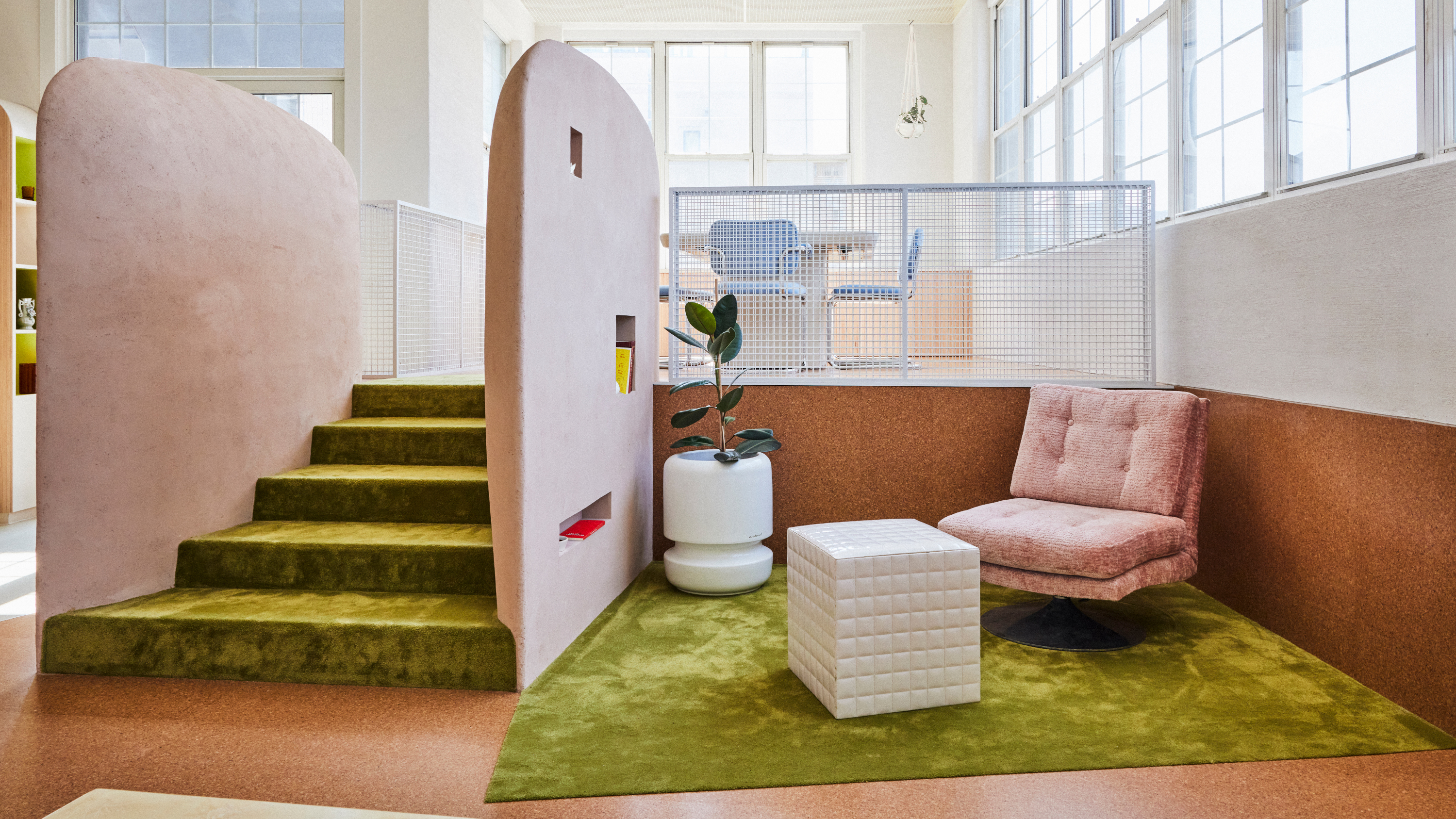
No longer bottled up, cork is popping off throughout interiors and exteriors as architects highlight the lightweight material across flooring, cladding, and wall coverings. And while its earthy quality makes it an eye-catching choice, cork’s strongest appeal goes beyond the surface: it's surprisingly eco-friendly.
The renewable resource is harvested primarily in Portugal and Spain from the bark of cork oak trees, which are never cut down or harmed in the process. And as far as natural building materials go, the perks are legion. Cork is sustainable, recyclable, water and fire-resistant – the list goes on. "It ticks all the boxes when it comes to thermal and acoustic performance, but is also breathable, free from chemicals, synthetic resins, and carcinogenic materials, and creates a healthy environment inside the house," says Nimi Attanayake, co-founder and director of London’s Nimtim Architects. No wonder it's such a coveted interior design trend right now.
Beyond function, cork’s composition adds rich visual interest, and its speckled grain brings an organic touch that makes it an interesting alternative to natural materials like stone and wood. What can’t cork do? We’re barely scratching the surface. Here’s a look at some of the many ways architects and designers use cork inside and outside the home.
1. Try cork flooring in your kitchen
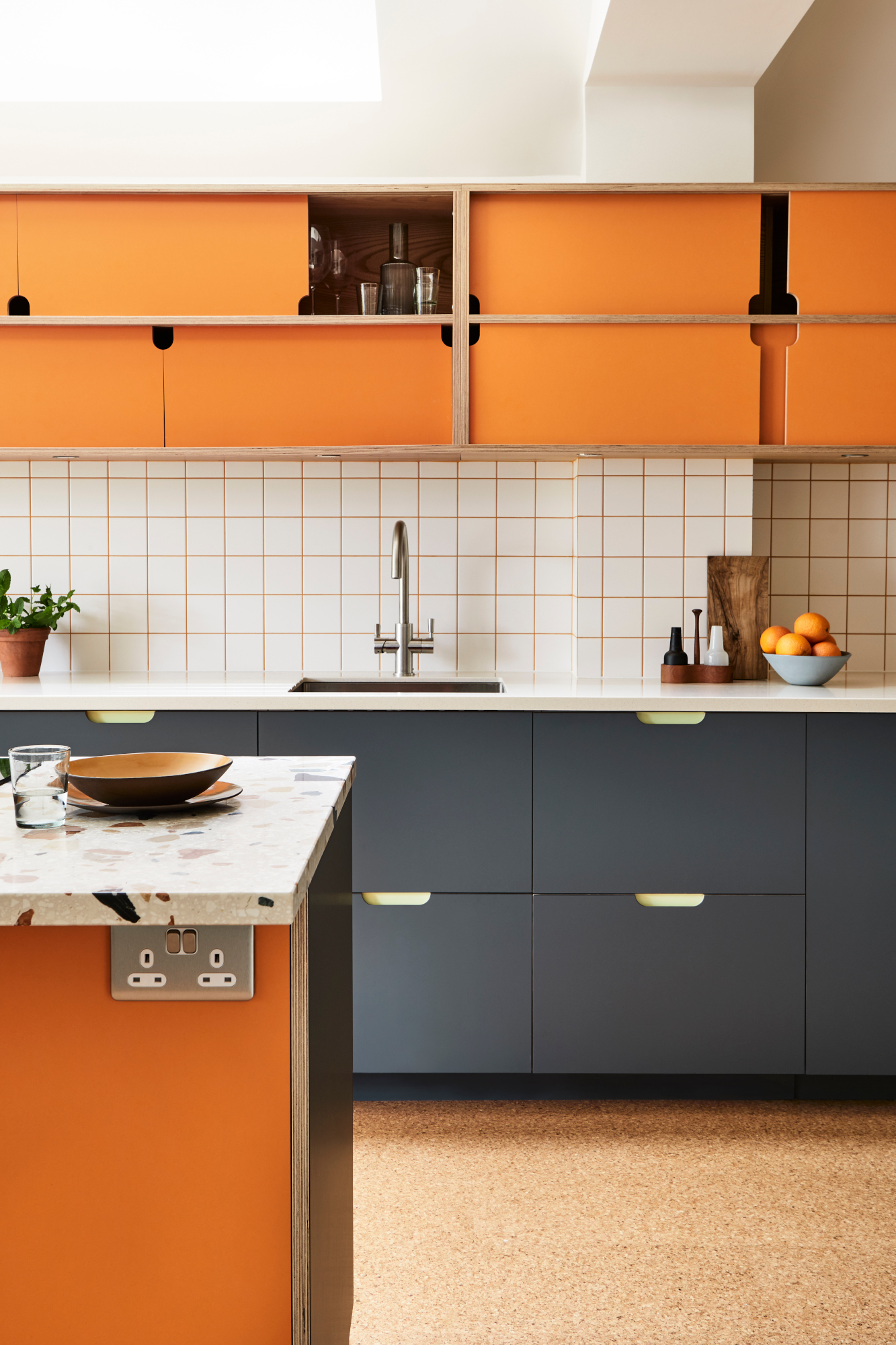
Cork is easy on the eyes and easy on the feet, too. Its natural resilience provides a cushioned surface, making cork a smart pick for kitchen flooring, where cooks stand for long periods. For cooking areas, opt for high-density cork tiles or planks specifically made for high-traffic areas. "These varieties are more durable and better equipped to withstand the daily wear and tear typical in kitchens," explains Fiona Ginnett, co-founder and director at HØLTE in Hackney, London. "Additionally, ensuring the cork flooring is properly sealed is essential to safeguard against spills, stains, and moisture, which are frequent occurrences in kitchen settings."
Adding to the appeal, a few extra benefits make cork a suitable match for kitchens. “Its unique cellular structure also makes it resistant to moisture, mold, and mildew, which is essential for kitchen environments,” adds Fiona. These perks made cork a superior pick for their recent kitchen project. “The cork flooring complements the island’s rich grain of Elm and the Marmoreal white and Tristone worktop, adding warmth and character to the kitchen," says Fiona.
2. Experiment with mix-and-match shades

With variations in shade and color, cork can be manipulated by manufacturers to look like anything from wood to stone. The ability to match other natural surfaces made it a clever hallway flooring idea in this material-rich project. "Other areas of the upper level have large checkered Italian porcelain pavers in sand and beige tones," says Yasmine Ghoniem, director at YSG Studio, noting how cork was softer underfoot while complementing harder tiles in the bathroom and balcony. "So we chose cork with similar shades in a matching square size to line the main ensuite and general indoor passages to sync with them."
Cork’s extra cushion made all the more sense for this home’s location. "Their softness and gentle spring underfoot creates a sensory pleasure given the location of the home in the tropics of Australia, where the homeowners would most likely be barefoot often," adds Yasmine.
The Livingetc newsletters are your inside source for what’s shaping interiors now - and what’s next. Discover trend forecasts, smart style ideas, and curated shopping inspiration that brings design to life. Subscribe today and stay ahead of the curve.
3. Add instant texture to your walls
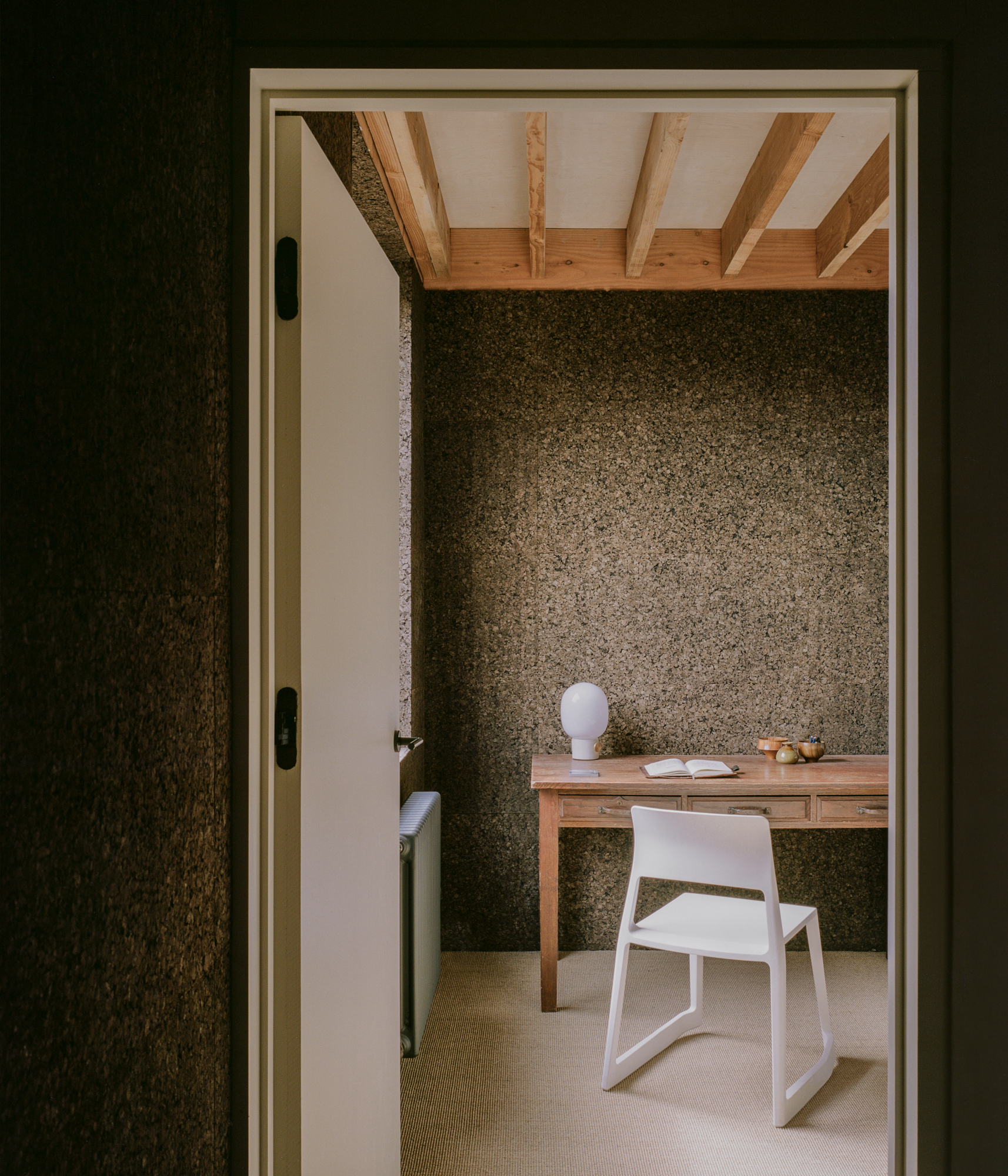
As a natural material, cork can add loads of visual texture to your interior. That’s especially true for this sunlit project in east London, where expanded cork boards are used as a wall finish, adding dimension throughout interiors. "Cork adds a wonderful texture to the walls, with its color softening slightly with time, so it is wonderful when light bounces off it," says Charles Wu, director at London’s Polysmiths. Better yet? Charles says that cork happens to have a "wonderful woody scent" when installed.
The look and feel weren’t the only reasons Polysmiths chose cork; they also used it, in part, because of its environmental appeal as a "negative carbon" material with insulation properties. “Expanded cork boards were originally used as cavity insulation (within a double-layered wall),” adds Charles. “It is a very environmental material to insulate your home with.”
4. Replace your exterior cladding with cork
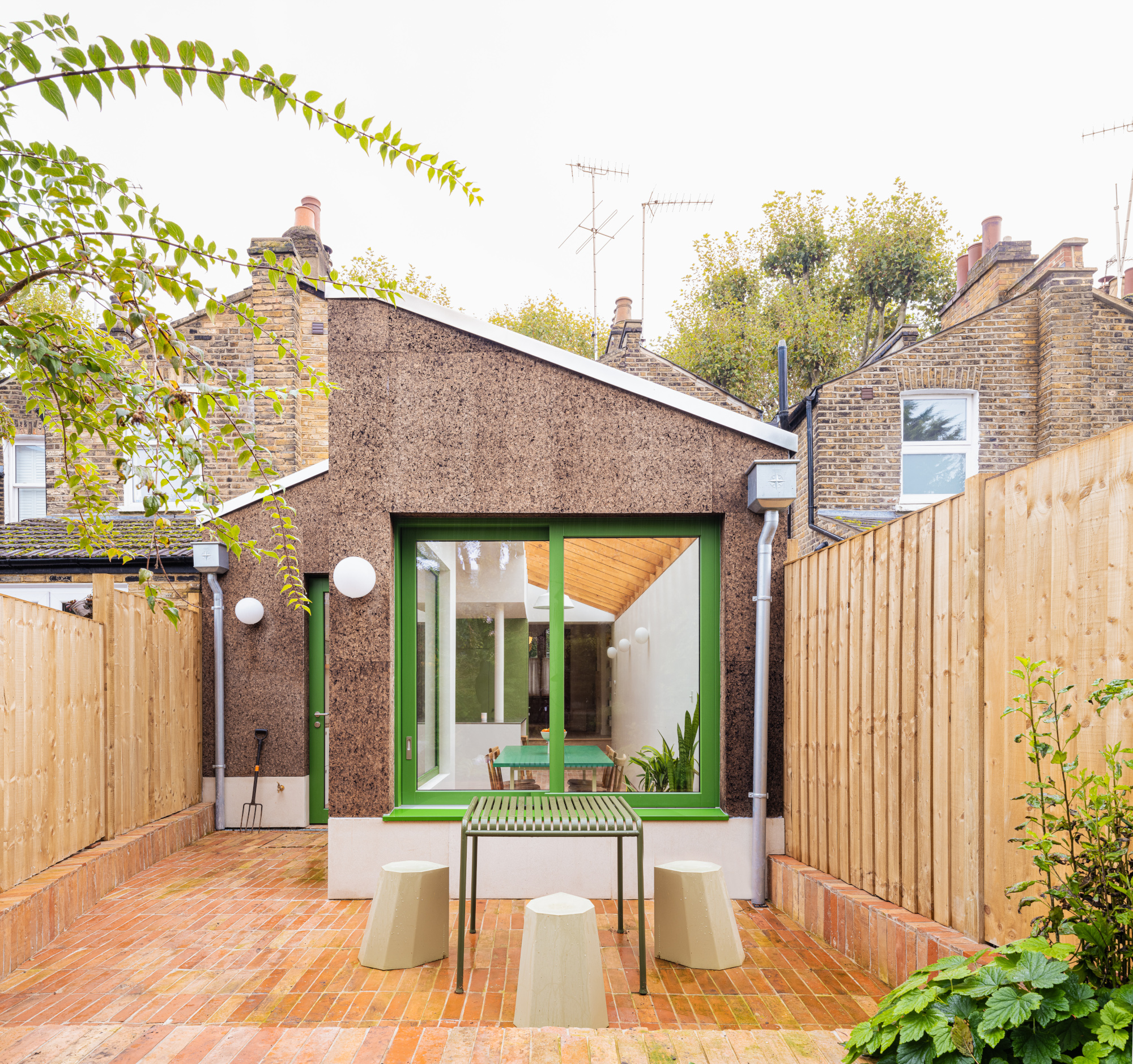
In addition to its many interior applications, cork can also be used as exterior cladding. For this Camberwell extension, expanded cork cladding and wallcoverings (fabricated by Portugal’s Amorim) bring a contemporary look that blends well with the brick Victorian and neighboring homes. "The cork will naturally weather over time, and gently change to a softer, slightly gray tone from the original color," notes Alex Raher, architect and co-founder of Delve Architects. "It can be used internally and externally, and can also be used as a thermal insulation for external walls as it is 'vapor permeable’, allowing moisture to escape through it."
While Alex notes that it’s a solid material for the home, it does require some delicate planning. “The cladding boards are quite a fragile material, so they need to be carefully handled on-site, and when used in some spaces, it may need to be treated with an additional coating for fire resistance,” adds Alex.
5. Create zones with the material
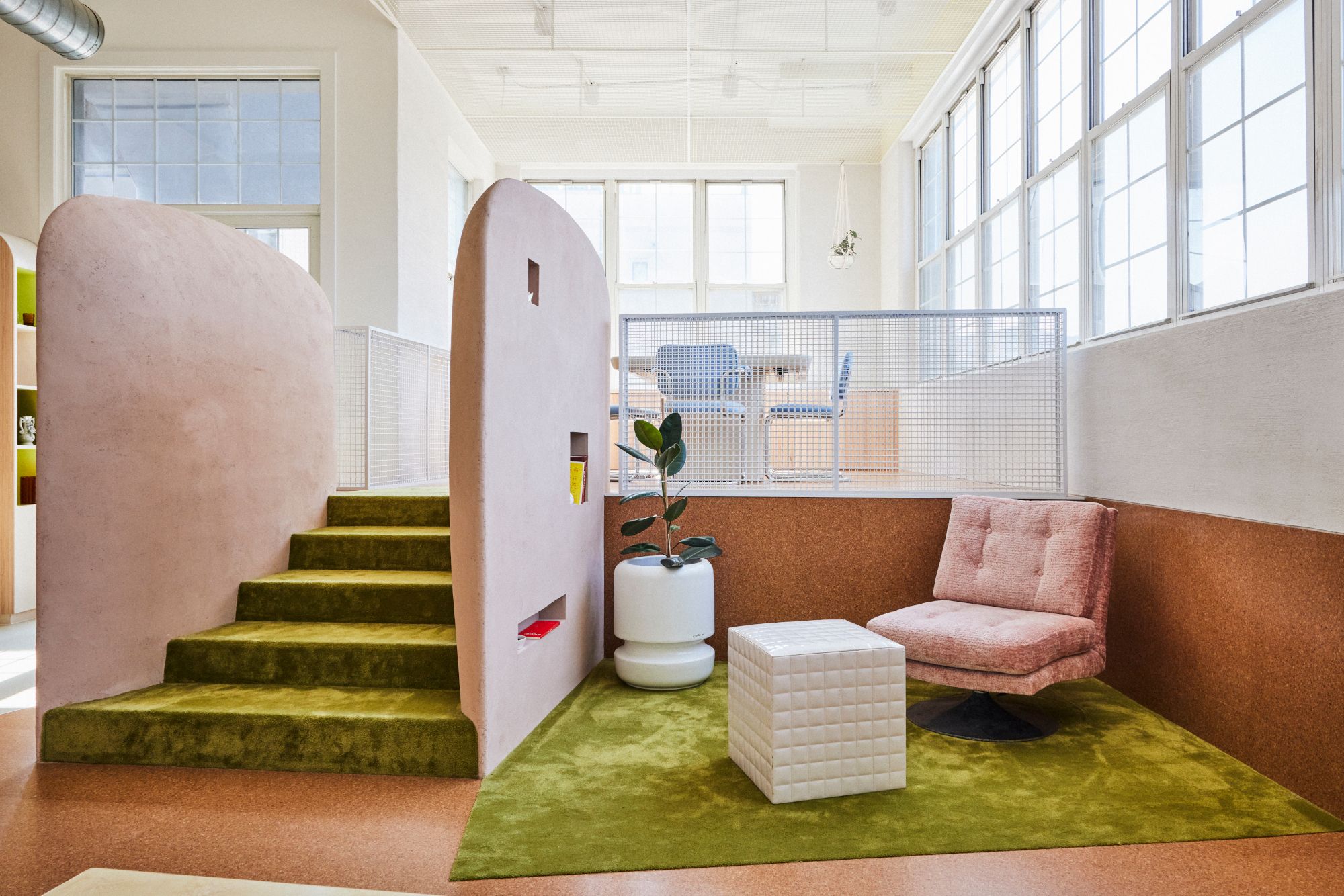
Flexing cork’s versatile nature, Brooklyn’s Almost Studio used the material to create soft zones throughout an airy loft. "Here, cork – through variation of tone, texture, grain, and its easy-to-cut shapes – defines without dividing the spaces within the loft," says studio co-founders Dorian Booth and Anthony V. Gagliardi. Cork flooring and cork wainscotting help highlight different spaces, like the seating area pictured here, creating subtle yet visible borders alongside shapely segments of green carpet and white Marmoleum. The effect lets certain areas pop without harsh divisions within the open loft – places to rest your eyes, not to mention your feet.
Beyond mixing up placement, the studio also used a variety of cork materials. “We used several types of Forna Cork throughout the design to help designate more specific uses to areas of the loft,” add Dorian and Anthony. “For example, the cork flooring beginning at the front entry creates a ‘street’ that leads to the main living space – or what we like to imagine as the ‘public piazza,’ looked over by the raised dining area and bedroom. Imagine you are walking through the cork streets of a quaint Italian village, within your own home!”
6. Take advantage of cork's acoustic qualities
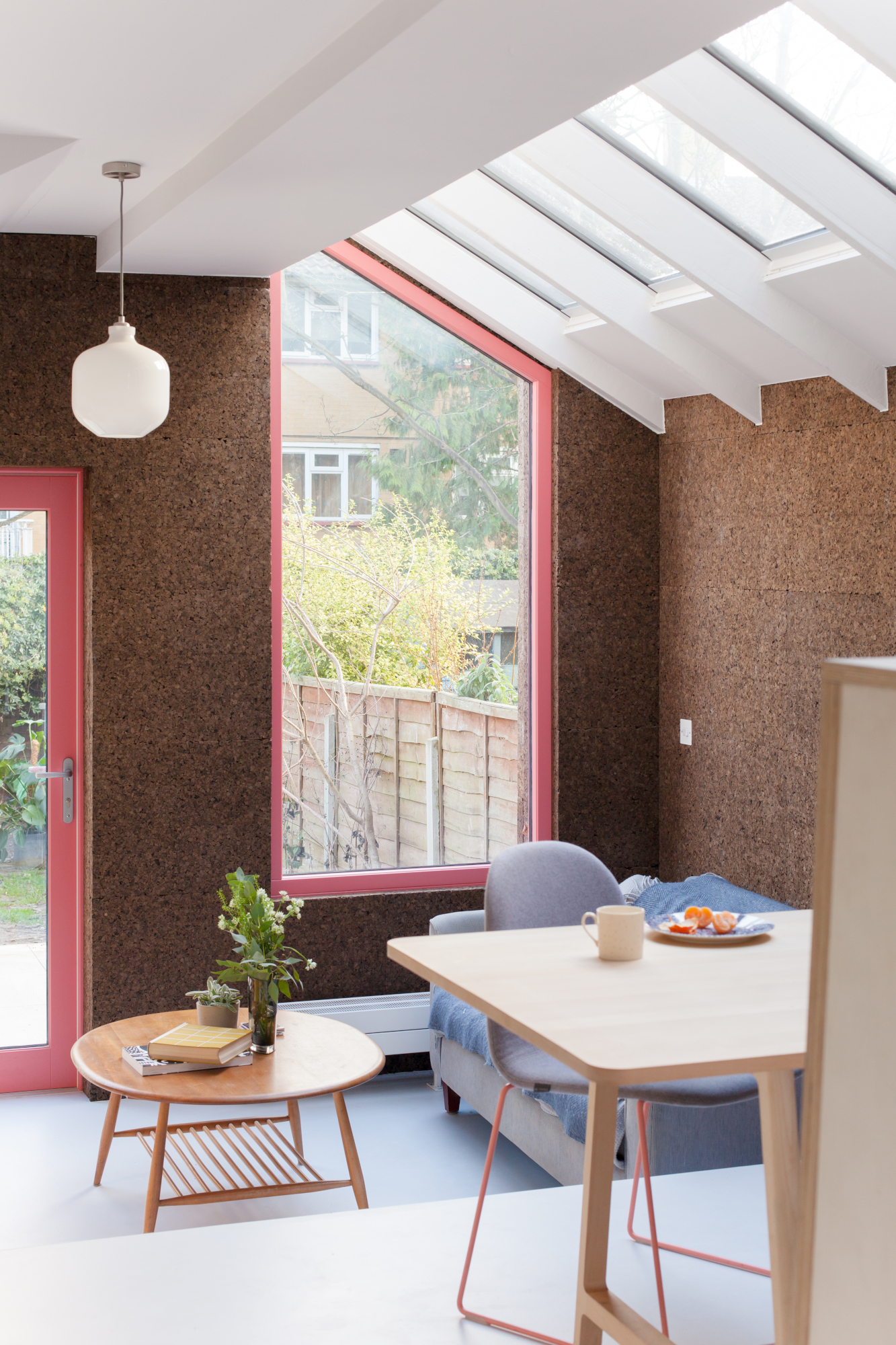
In this south London extension, architects chose cork cladding boards for external and internal walls primarily for sustainability. But another chief reason is seen but not heard: cork reduces noise. "The family’s main requirement at Cork House was to have a flexible space that they could all enjoy and be in at the same time whilst doing different activities," explains Nimi Attanayake of nimtim. "Cork’s acoustic performance means it is able to absorb a lot of the sound and reduce echo within a large space. This is perfect for a family."
Of course, it’s not all about function. The speckled cork boards help create an unbroken, beautifully textured surface. "The cork has a pattern and variation in texture that we and the clients love,” adds Nimi. “It seemed the obvious choice to expose it internally as well as externally!”
Keith Flanagan is a New York based journalist specialising in design, food and travel. He has been an editor at Time Out New York, and has written for such publications as Architectural Digest, Conde Nast Traveller, Food 52 and USA Today. He regularly contributes to Livingetc, reporting on design trends and offering insight from the biggest names in the US. His intelligent approach to interiors also sees him as an expert in explaining the different disciplines in design.